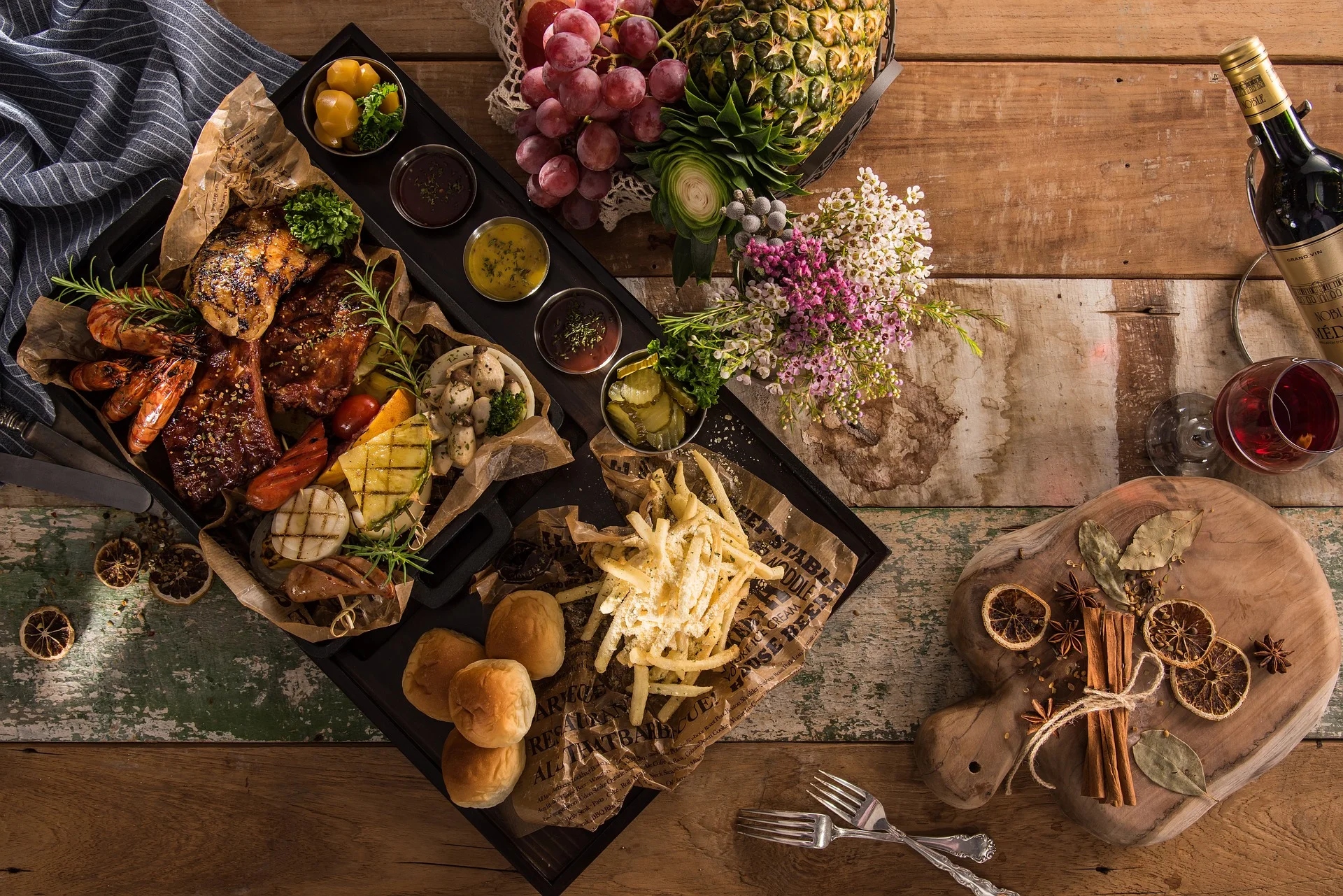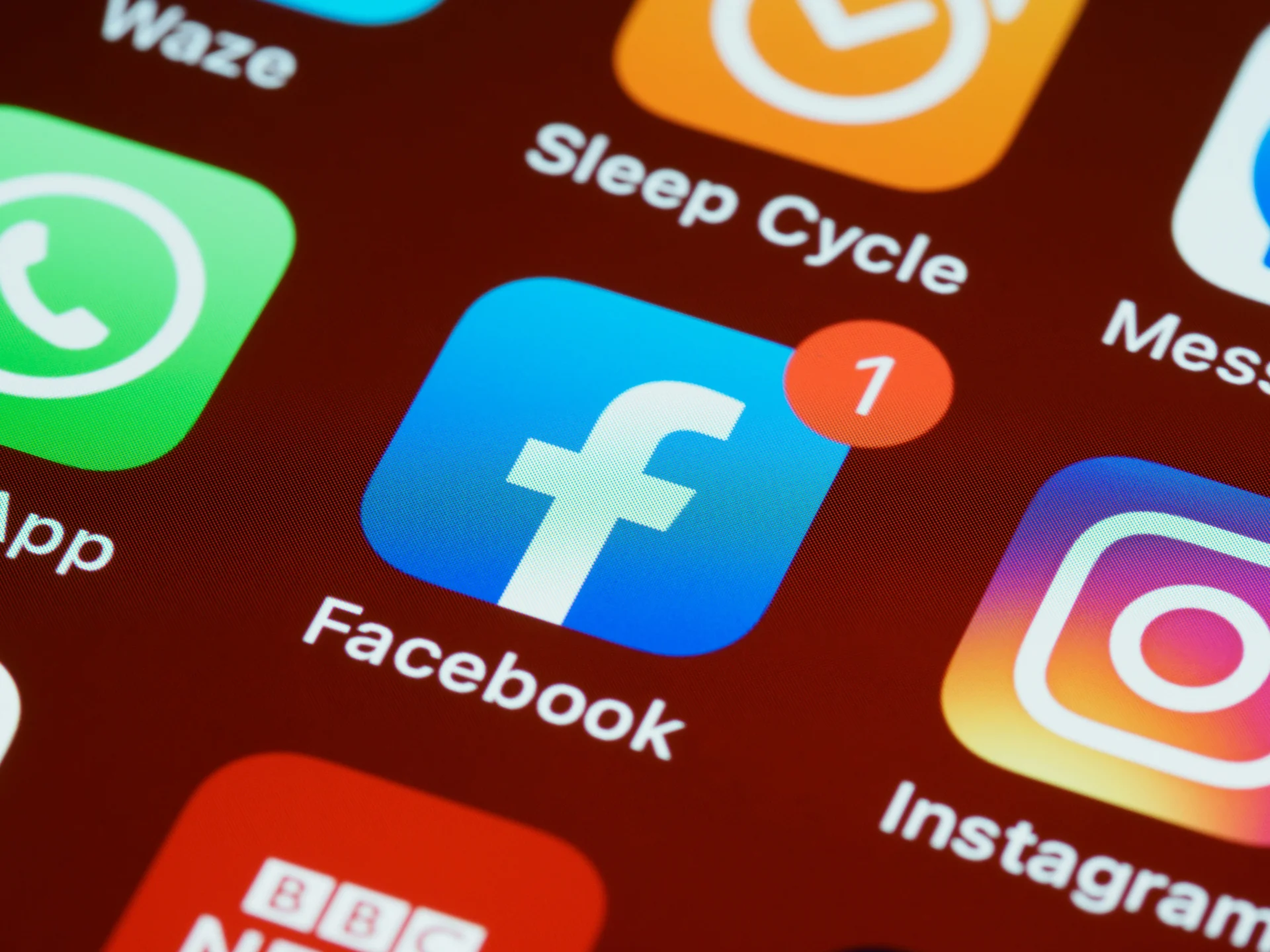In an increasingly competitive marketplace, food and beverage marketing has become a vital component for brands striving to capture consumer attention and loyalty. This dynamic industry encompasses a wide range of strategies designed to promote products, establish brand identity, and foster strong relationships with customers. With evolving consumer preferences that prioritize health, sustainability, and convenience, it is essential for marketers to stay attuned to current trends and utilize effective tactics. By understanding the fundamentals of food and beverage marketing, brands can navigate this ever-changing landscape and position themselves for success.
As we explore the multifaceted world of food and beverage marketing, we will delve into the key components that drive effective campaigns. From leveraging the power of storytelling and data analytics to harnessing the potential of social media, each element plays a crucial role in shaping brand perception and customer engagement. By embracing these strategies, food and beverage brands can not only adapt to the shifting market landscape but also thrive in an environment where consumer expectations continue to rise.
Understanding the Fundamentals of Food and Beverage Marketing
To begin, it is essential to establish a solid foundation for food and beverage marketing. This encompasses all the activities a company undertakes to promote its products and services to consumers. It involves crafting a compelling brand identity, developing effective packaging, creating engaging advertising campaigns, and fostering strong customer relationships. These elements work together to create a cohesive marketing strategy that resonates with the target audience.
Furthermore, the food and beverage (F&B) industry presents unique challenges and opportunities for marketers. For instance, consumer preferences are continuously evolving, with an increasing emphasis on health, sustainability, and convenience. Moreover, the rise of social media has transformed the way brands connect with their audiences, which entail the need of a solid social media marketing strategy. As a result, staying informed about these changes is vital for success in this dynamic landscape.
In essence, F&B stands for food and beverage, a widely recognized acronym within the marketing industry, especially when discussing consumer-packaged goods. The role of a food and beverage marketer is multifaceted, encompassing the development and execution of marketing strategies that drive brand awareness, sales, and customer loyalty. They may conduct market research, create marketing materials, manage social media campaigns, and analyze data to measure the effectiveness of their efforts.
Navigating the Evolving Landscape of Food and Beverage Marketing
As we delve deeper into the subject, it becomes evident that the food and beverage industry is in a constant state of evolution, making it crucial for marketers to stay ahead of the curve. By exploring the most significant trends in the food and beverage industry shaping the landscape, we can better understand how to navigate these changes effectively.
One prominent trend is the increasing focus on sustainability and ethical sourcing. Consumers are becoming more conscious of the environmental and social impact of their food choices, leading brands that prioritize sustainable practices to foster strong customer loyalty. This shift reflects a broader movement towards responsible consumption, highlighting the importance of aligning marketing strategies with these values.
Additionally, the health and wellness trend is gaining traction, with a growing demand for healthier and more nutritious food and beverages. Options that are low-calorie, high-protein, and organic are becoming increasingly popular among consumers. Another notable trend is the rise of experiential marketing, which emphasizes creating memorable experiences that leave a lasting impression on consumers. Activities such as pop-up shops, food festivals, and interactive marketing campaigns can generate buzz and enhance brand engagement.
Leveraging Social Media for Food and Beverage Brands
In today’s digital age, social media has emerged as an indispensable tool for food and beverage brands. By utilizing platforms like Instagram, TikTok, and Facebook, brands can effectively connect with their audience, share visually appealing content, and drive engagement.
To maximize the potential of social media, it is essential to identify the best platforms that align with your target audience’s preferences and your brand’s personality. By selecting the right platforms, you can tailor your content to resonate with your followers, ensuring that your marketing efforts are both effective and engaging.
Creating engaging content is crucial for maintaining an active social media presence. Developing a content calendar that includes a mix of high-quality photos, videos, and written content can help keep your audience interested. Furthermore, building a strong social media community involves encouraging user-generated content, promptly responding to comments and messages, and hosting contests and giveaways. These social media strategies foster a sense of connection and loyalty among followers, enhancing overall brand perception.

The Power of Storytelling in Food and Beverage Marketing
Storytelling serves as a powerful food and beverage digital marketing strategy that can help brands connect with their audience on an emotional level. By crafting compelling narratives around their products, brands can create memorable experiences that resonate with consumers.
To begin, developing a strong brand narrative is essential. This involves defining your brand’s mission, vision, and values, which will serve as the foundation for your storytelling efforts. By sharing stories about your brand’s history, values, and the people behind the products, you can foster a deeper connection with your audience. This emotional engagement is key to building long-term loyalty.
Moreover, storytelling can extend to packaging design, utilizing it as a canvas to convey your brand’s story. Additionally, sharing behind-the-scenes stories, customer testimonials, and brand origin narratives on social media can further enhance your storytelling efforts. To measure the impact of storytelling on brand perception, it is important to track metrics such as brand awareness, customer sentiment, and purchase intent.
Data-Driven Food and Beverage Marketing
In today’s data-driven landscape, understanding your target audience and measuring the effectiveness of your marketing efforts is crucial for success. Data analytics empowers food and beverage brands to make informed decisions and optimize their marketing strategies effectively.
First and foremost, leveraging data to understand customer behavior is vital. By analyzing customer data, brands can gain valuable insights into preferences, purchase habits, and pain points. Furthermore, using data to optimize digital marketing campaigns allows brands to identify the most effective channels, messaging, and timing for their initiatives.
It is also important to consider the significance of data privacy and security. Protecting customer information is essential to building trust and maintaining positive brand relationships. By implementing robust security measures, brands can safeguard sensitive data, ensuring customer confidence in their marketing practices.
Utilizing Data Analytics to Improve Marketing Strategies
To optimize marketing strategies, brands must focus on customer segmentation and targeting. By dividing the audience into smaller, more targeted segments based on demographics, behaviors, and preferences, brands can tailor their marketing messages for maximum impact.
Moreover, predictive analytics can help forecast future trends by analyzing historical data, allowing brands to adjust their strategies accordingly. Implementing A/B testing and experimentation can further enhance marketing efforts by identifying the most effective approaches for the audience.
Finally, measuring marketing ROI is crucial for evaluating the success of marketing initiatives. Key metrics such as return on investment (ROI), cost per acquisition (CPA), and customer lifetime value (CLTV) should be tracked to assess the overall effectiveness of marketing strategies.
Building Strong Customer Relationships
Establishing strong customer relationships is essential for fostering brand loyalty and driving repeat purchases and is deemed to be the best marketing strategy for food and beverage brands. Implementing loyalty programs and rewards can incentivize customers to return, creating a sense of belonging and appreciation.
Additionally, personalized marketing plays a significant role in enhancing customer relationships. By tailoring marketing messages to individual customer preferences and behaviors, brands can create more meaningful connections. Providing excellent customer service further solidifies these relationships, as it builds trust and encourages loyalty.
Furthermore, community engagement and partnerships can expand your reach and create unique experiences for customers. Collaborating with other brands and organizations can lead to innovative marketing initiatives that resonate with a broader audience.
Creating Visually Appealing Content
High-quality visuals are paramount in food and beverage marketing. Investing in professional photography and videography can significantly enhance the appeal of your content, capturing the essence of your brand and products.
To optimize food and beverage photography, it is crucial to use natural light, experiment with different angles, and focus on the details that make your products shine. In addition, effective video content, such as product demonstrations, recipe tutorials, and behind-the-scenes footage, can engage viewers and encourage them to connect with your brand.
Moreover, developing a strong graphic design and branding strategy is essential for maintaining consistency across all marketing materials. A cohesive visual identity reinforces brand recognition and helps convey the message effectively.
Measuring the Success of Food and Beverage Marketing Campaigns
To evaluate the effectiveness of food and beverage marketing efforts, tracking key performance indicators (KPIs) is essential. Metrics such as website traffic, social media engagement, and sales revenue provide valuable insights into the success of marketing campaigns.
Utilizing analytics tools can help monitor website performance and identify areas for improvement. By analyzing traffic and conversion rates, brands can make informed decisions to enhance their online presence and customer experience.
In addition, measuring brand awareness and sentiment is crucial for understanding how consumers perceive your brand. Utilizing surveys, social listening, and brand tracking tools can provide a comprehensive view of brand perception and help guide future marketing strategies.
Final Thoughts
The realm of food and beverage marketing is both exciting and challenging, demanding that brands remain agile and innovative in their strategies. By seamlessly integrating fundamental marketing principles with contemporary trends—such as sustainability and health-consciousness—brands can forge meaningful connections with their consumers. Utilizing data analytics, effective storytelling, and engaging social media strategies is crucial, as these elements collectively contribute to a brand’s overall success and longevity in a competitive market.
Ultimately, prioritizing customer needs while adapting to the evolving landscape allows food and beverage brands to craft compelling marketing campaigns that resonate with their target audience. As the industry continues to shift, those who embrace these best practices will be well-positioned to drive growth, foster loyalty, and achieve lasting success in the competitive world of food and beverage marketing.
If you’re looking to elevate your food and beverage marketing strategy, fishbat, a leading digital marketing agency in New York is here to assist you every step of the way. Our team of experts specializes in creating tailored marketing solutions that align with your unique brand vision and objectives. We understand the complexities of the industry and can help you navigate the challenges while harnessing opportunities for growth. Contact us today at 855-347-4228 or hello@fishbat.com for a free consultation, and let us help you transform your marketing efforts into impactful campaigns that drive results.


